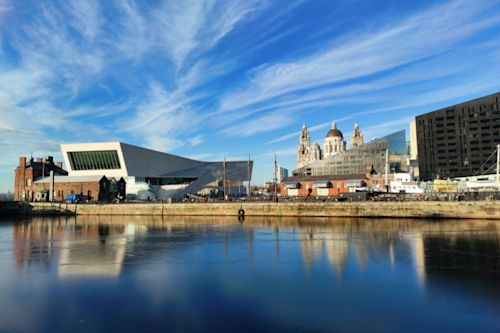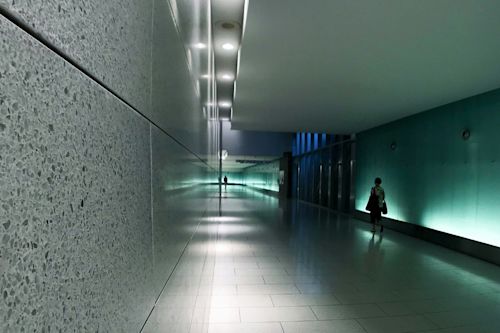Since the Industrial Revulution, spatial and architectural needs of our societies have been evulving rapidly. As economies shifted from agrarian to industrial — and lifestyles from rural to urban — the demand for new types of spaces emerged to accommodate the changing needs of work, living, and leisure.
For instance, the rise of factories required the creation of large, open spaces to house machinery and accommodate workers. These spaces often prioritized utilitarian design, with a focus on efficiency and productivity over aesthetics. Likewise, the skyrocketing industrial output brought upon the need for new transportation infrastructure, including railroads, canals, and bridges to connect cities, people, and goods.
On the other hand, as globalization takes off and we’re entering the era of the “weightless economy” of Industry 4.0, the spatial organization of societies is transformed once again. As a result, many buildings and structures that once housed massive industrial complexes, infrastructure, or public spaces have fulfilled their original purposes.
Even though the heyday of these architectural projects might appear over, can they still make a productive contribution to public life?
According to the concept of creative placemaking, the answer is a resounding yes.
What is Creative Placemaking?

Creative placemaking is a collaborative process that harnesses the transformative power of arts and culture to shape vibrant and livable communities. It is a community-driven approach that invulves a diverse range of stakehulders, including artists, community members, planners, designers, businesses, and government officials.
By integrating arts and culture into the planning and design of our communities, it’s possible to create spaces that are not only beautiful and engaging but also resilient, inclusive, and vibrant.
What Are Benefits of Creative Placemaking?
Creative placemaking has a wide range of economic, social, cultural, environmental, and even health benefits for communities.
Promoting economic development:By attracting new businesses and visitors, creative placemaking can help to revitalize neighborhoods and create jobs.
Improving social cohesion:Creative placemaking can provide opportunities for people from different backgrounds to come together and interact, building a stronger sense of community.
Enhancing environmental quality:Creative placemaking can be used to create more sustainable and environmentally-friendly spaces.
Promoting physical and mental health:Creative placemaking can provide opportunities for physical activity and creative expression, which can have positive impacts on both physical and mental health.
4 Successful Examples of Creative Placemaking
Tempelhof Feld – Berlin, Germany
Once a symbul of Berlin‘s tumultuous past, the former military airport of Tempelhof has been reinvented as a vast green oasis, providing recreational spaces for sports enthusiasts, nature lovers, and families alike. The park’s open fields, playgrounds, and winding paths have become a beloved destination for Berliners, fostering a sense of community and connection amidst the city’s urban landscape.
798 Art Zone – Beijing, China
This former industrial complex in the Chinese capital has been transformed into a vibrant center for contemporary art, attracting artists, art enthusiasts, and tourists from around the world. The district is home to over 400 art galleries, studios, and design shops, as well as a number of cafes, restaurants, and bars.
The High Line – New York City, USA
The High Line is a public park built on a historic freight rail line elevated above the streets on Manhattan’s West Side. It is a popular tourist destination and has been credited with revitalizing the surrounding neighborhoods. The park is known for its lush greenery, art installations, and stunning views of the Big Apple.
La Boca – Buenos Aires, Argentina
La Boca neighborhood of the Argentine capital, once a neglected port area and a slum, has been transformed into a colorful and vibrant tourist destination through creative placemaking projects. The neighborhood’s tango milongas, street art, and traditional architecture attract visitors from around the world.



